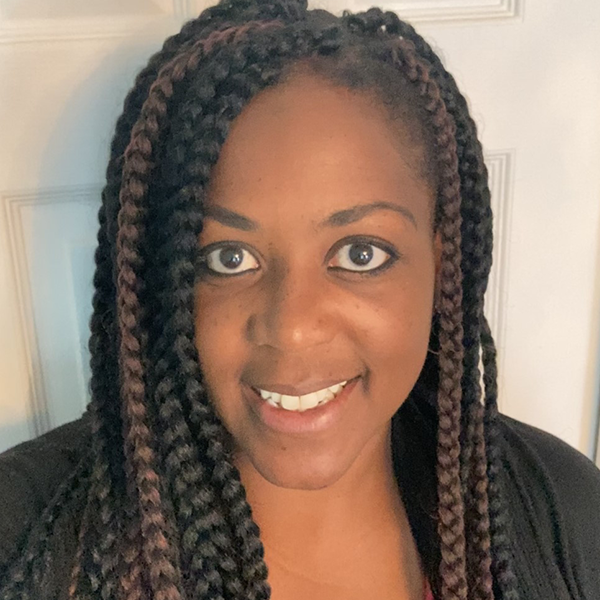How do you define wellbeing? It’s a term that’s become as popular as it is hard to pin down. Even more challenging is finding new ways to move towards this positive state of balance in your life. But the complexity of the topic is also what makes wellbeing such an inspiring topic for this year’s Shad Design Challenge, and this question a great starting point for a kickoff panel to grapple with as they introduced the problem to a new crop of Shad participants.
Presented online to Shads from coast to coast, the panel’s experts came to the question of wellbeing from varied backgrounds. Lili Liu is Dean of the Faculty of Health at the University of Waterloo and a professor in the School of Public Health Sciences who studies aging and older adults. Melissa Strachan is Associate Director of Counselling Services at University of Waterloo. Patrick Lor is Managing Partner at Panache Ventures and Managing Partner of 500 Startups Canada. The panel was moderated by Shad Program Director Charlene VanLeeuwen, Coordinator for the Teaching and Learning Centre at the University of PEI.



So, how did they answer that foundational question?
Lili approached it from her background in occupational therapy, pondering the need for balance between occupational performance, self care, productivity and leisure. Melissa suggested an elegant definition that it’s “how we feel about ourselves in our present state” which brings together all the elements that Lili mentioned. She noted that our entire sense of wellbeing can be compromised when any of these are unbalanced, and added that it’s a mindset issue as well: one person living paycheque to paycheque may feel like they’re living their best life while another feels like they’re missing out.
As a tech entrepreneur working with a lot of high performers, Patrick added the important dimension of purpose to the mix. “Purpose is key. When I see entrepreneurs failing and unhappy is when they are pursuing something which on the surface looks like it makes them happy—like money—but doesn’t.” Noting that one of the best routes to purpose is working in teams, he encouraged the Shads to see everyone they meet in the program as new partners. “You as students are being put onto a team—these are your brothers and sisters who you will get to know over the month.”
Questions that followed delved even deeper into the how and why of wellbeing, including how wellbeing can encompass different facets in your work, barriers to wellbeing that may exist for Canadians, and recent research and development on the topic in the panellists’ respective fields. The experts continued to encourage Shads to consider their why, to determine their purpose in the projects that they take on. In terms of barriers, the panellists were concerned about the lack of seats at the table for underrepresented Canadians. Exciting research highlighted included the expanded focus on prevention in mental health, including greater attention to developments even as far back as infancy, and efforts to better understand needs for all groups, whether it be working on policies that address seniors’ needs or continuing to remove stigma for those who may hesitate to access services.

Questions from the Shads pushed the conversation even further, and focused on topics such as the role of socioeconomic status in the definition of mental health, how businesses can make wellbeing better for their employees, and how the definition of wellness has changed over history. Perhaps a couple of the most challenging were from Tong at Shad Carleton who followed up on the previous discussion by asking “How can a person find their sense of purpose and belonging?”
Looking like they were just asked for the meaning of life, the panellists had many helpful suggestions on this topic. Patrick suggested finding people to hang out with who are also interested in self discovery (as in, look around you at Shad!), Melissa counselled to find a quiet space to do some digging and think about who you are, and Lili encouraged the Shads to be open-minded and try to learn from each other. Melissa also added a reassuring note that the Shads did not have to find their purpose this month. “Don’t put too much pressure on yourself. These questions take a lot of time to go deep.”
As a wrap-up question, Charlene asked for final suggestions on how the experts had seen collaboration have an impact on their work, given that the Shads were headed into a month of grappling over the wellbeing issue. Patrick quoted an old Chinese proverb used frequently by former US President Barack Obama: “If you want to go fast, go alone. If you want to go far, go together” and reflected on the fact that teamwork is ultimately the route to satisfying success. Lili and Melissa agreed, noting that collaboration may be challenging, but the end product is better for it. “If you can go into your partnerships thinking about being curious, you will bring that wealth of creativity to everyone on your team and you’ll produce quality work in coming together,” said Melissa.